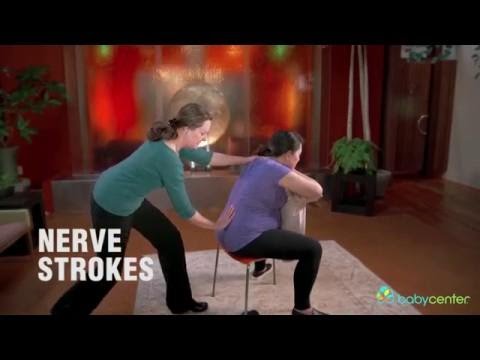What you need to be aware of about massages that are complementary
While a massage for yourself may appear to be a way of relaxing yourself, it's 대구출장 actually a very healthy and effective way to ease tension and stress. It promotes relaxation and increases blood flow to the area. Massage can be used to alleviate pain and treat certain injuries. It improves range of motion, reduces swelling and stiffness of the muscles. Here are some things to learn about massages that are complementary to each other.
Structural Integration is an advanced form of massage. To control the body's myofascial systems practitioners employ a variety of hand and soft tissue techniques. This system is what surrounds muscles and gives them shape. To release tension, therapists trained in this technique can use slow, deep stretching movements. They may also apply pressure on various areas of the body and ask their clients to move when the practitioner applies pressure. A structural integration session is long-lasting and can be extremely beneficial.
Structural integration is an approach that is hands-on to soft tissue. Depending on the level of certification, a client may be seated or standing during the session. It is hard to determine the appropriate level to become a professional in this field. However it is essential that a school graduate who is certified by CBSI has achieved the highest standards of competence when practicing. According to the U.S. Bureau of Labor Statistics (USBol Statistics) it is estimated that there will be 21% growth in massage-related jobs between 2029 and 2029. This is mainly due to the increasing interest in natural healing and the aging population.
Another kind of massage involves manipulating the myofascial system of the body. It focuses on the fascia, which covers the muscles and gives the body its shape. Practitioners can use slow, deep stretching exercises and constant pressure. They can instruct their clients to move while they apply pressure. The aim is to align the body and allow it to move freely. This type of massage is similar to physical therapy, with some differences.
A typical structural integration session is comprised of between ten and thirteen sessions that build on each one. To achieve a healthy, balanced posture the practitioner employs various methods. The fascia and muscles of the body are connected by an invisible ring. The entire structure is inherently connected to the skeleton of the body. It is therefore vital for your health to ensure that you are in good physical health.
A typical structural integration session consists of 10 to 13 sessions. Each session builds on the one preceding. The massage relies on the manual manipulation of pressure levels and manual manipulation to help balance the body's structural integrity. To address different problems, a massage therapist can focus on different areas of the body. This type of treatment can be beneficial for people with complicated medical background. Massage therapy can also be prescribed by a physician for those with an injured or weak back.
A typical session of structural integration is comprised of 10 to 13 sessions. Each session builds upon the previous and concentrates on the same muscle groups. A practitioner will use manipulative techniques and pressure to balance and align the body's structure throughout the course of treatment. The body is divided into layers and segments. The practitioner will examine your posture and your personal past to determine which part of your body needs attention. Additionally the session includes instruction in movement to help you develop better movements habits.

In contrast to regular massages, structural integration is a rigorous treatment program. Each session builds upon the previous. It takes between 10 to 13 sessions. It uses gentle pressure to target muscles in each layer and segment of the body. The structural integration professional will review your working habits and history, and determine the right amount of pressure to the targeted areas. During a session, the client must be aware of whether they feel any discomfort. The practitioner will adjust to your specific body position if you're at ease during treatment.
A typical structural integration session comprises of ten to thirteen sessions. Each session builds upon the previous one. This hands-on approach to soft tissues manipulation uses varying pressure and manual manipulation to improve the structural integrity. The body is divided into layers and segments. Typically, this kind of massage consists of a series of 10 to 13 sessions which last between two and four hours. In addition to these structural integration specialists, they may also incorporate movement-related education into their practice.